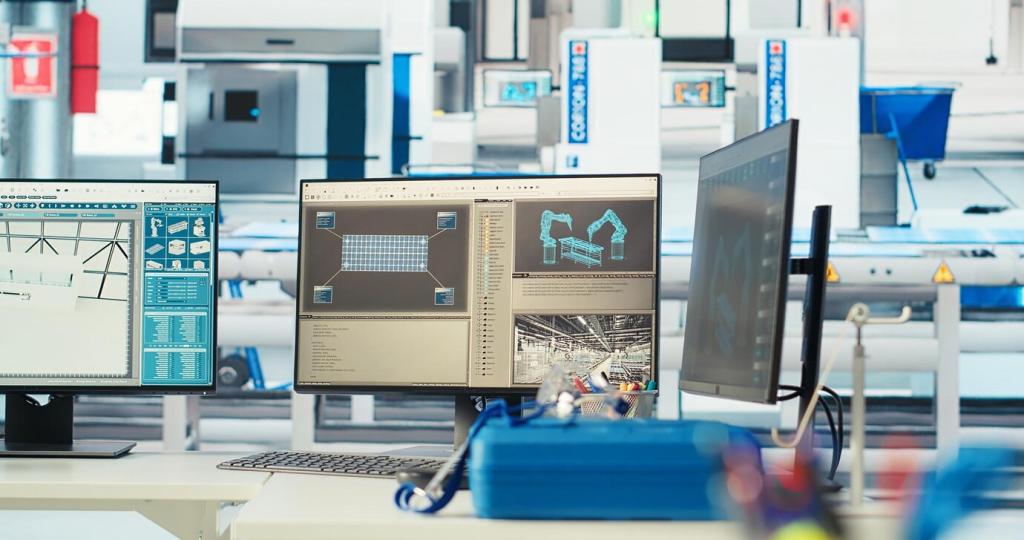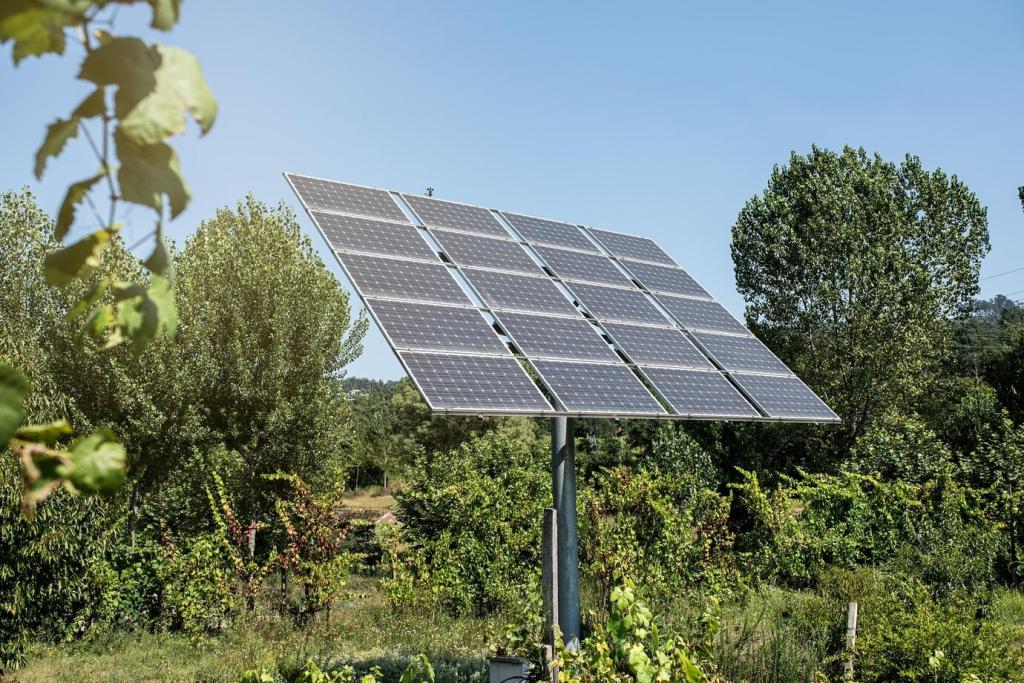Designing for Circularity From Day One
Choose mechanical fasteners over permanent glue so cabinets and shelves can be moved or repaired. Favor modular pieces and knock-down joinery that welcomes evolving layouts. The future you—renovating with fewer dumpsters—will be deeply grateful for today’s reversible decisions.
Designing for Circularity From Day One
Keep a simple folder with receipts, data sheets, and Environmental Product Declarations. Add QR codes inside cabinets for quick reference. Clear documentation helps resale value, streamlines maintenance, and makes end-of-life choices kinder to landfills and kinder to your nerves.






